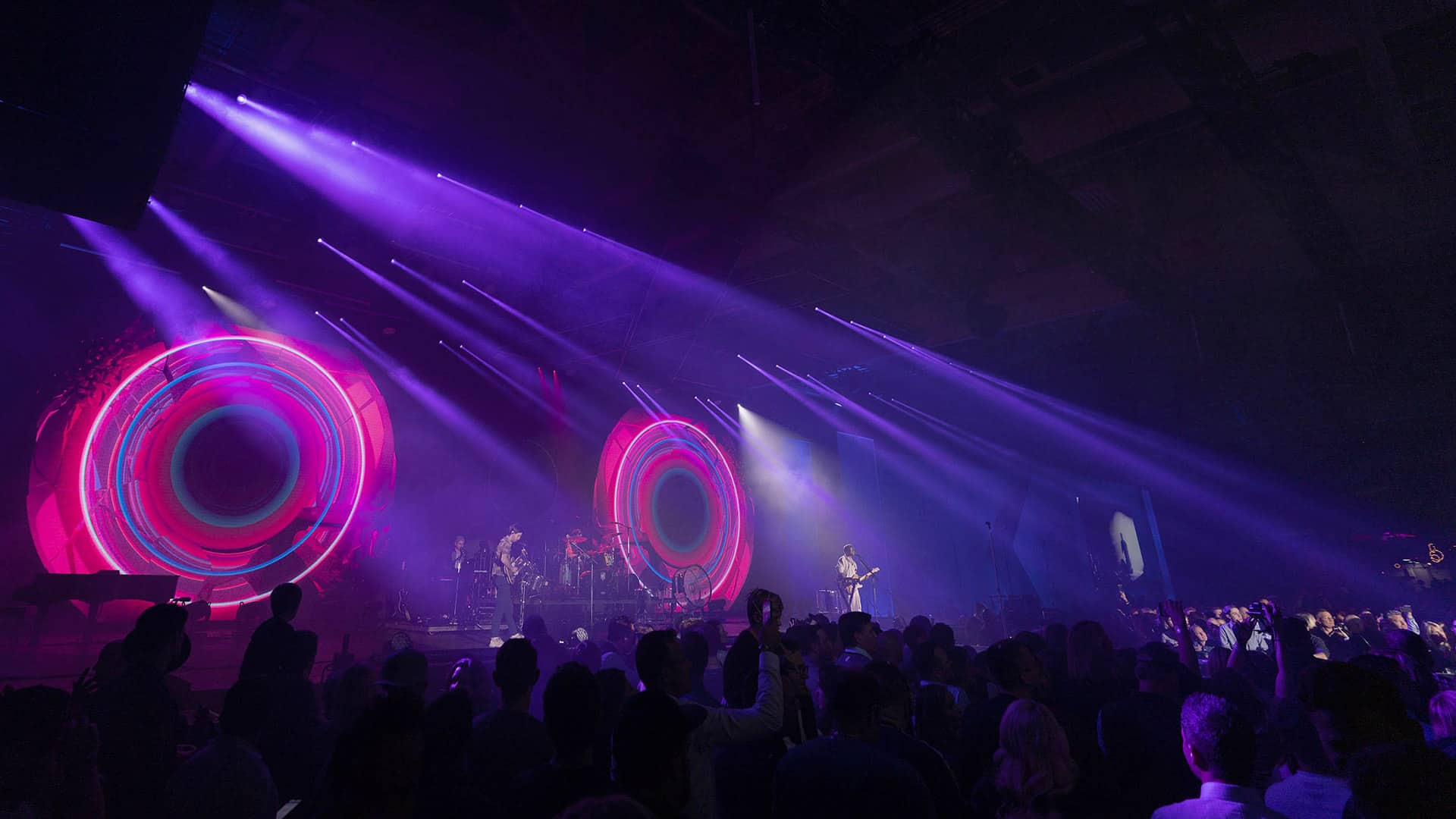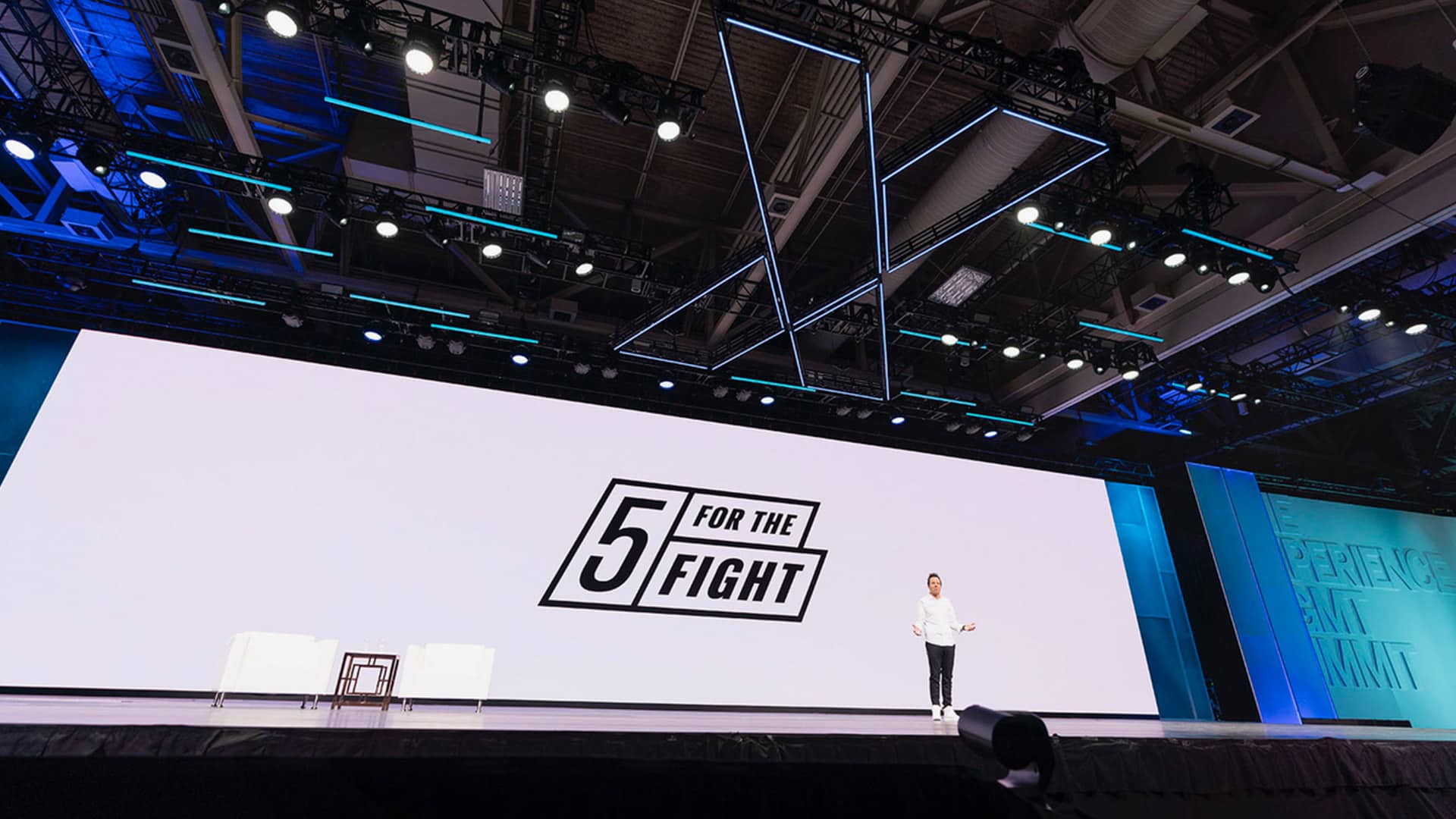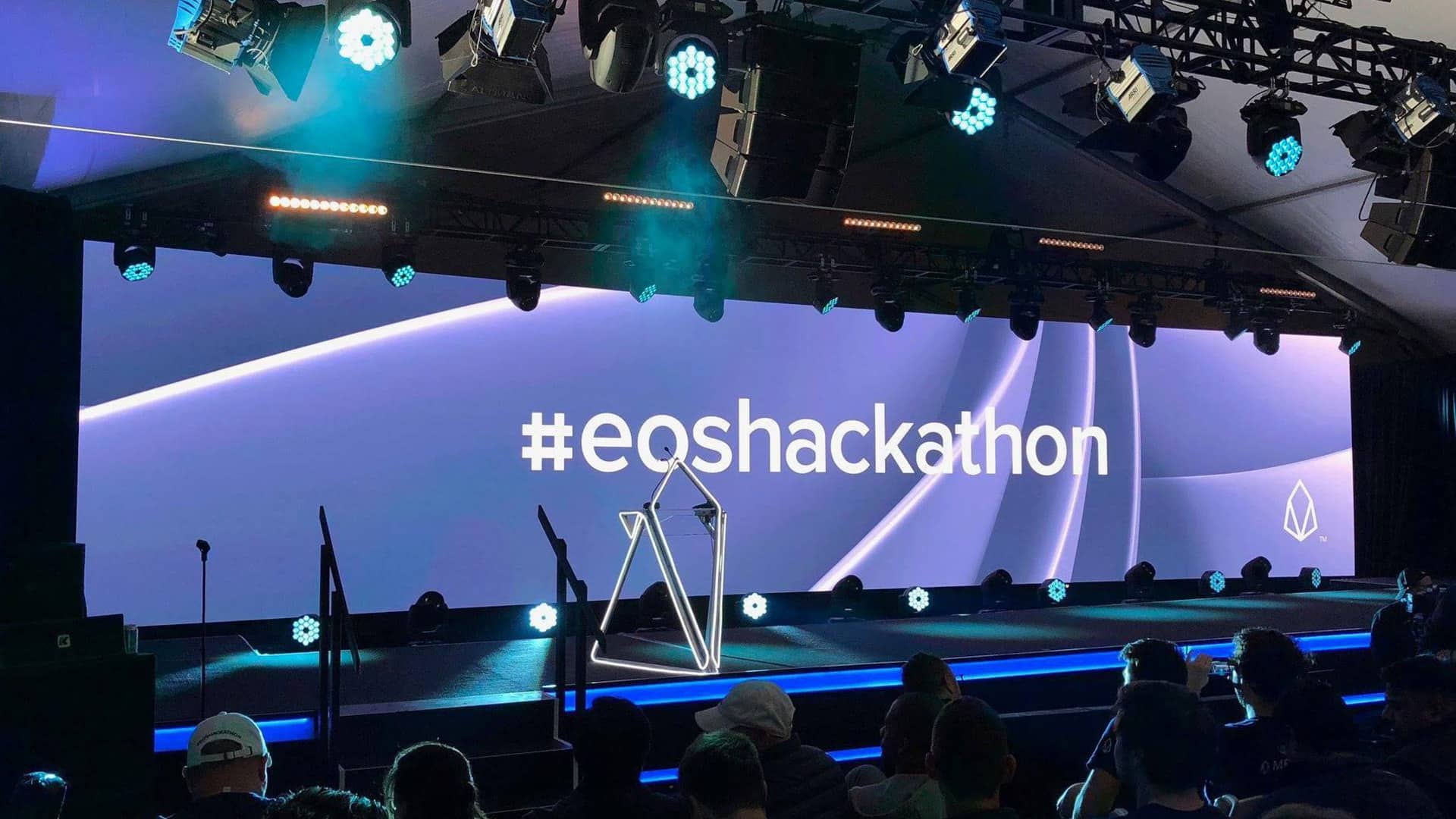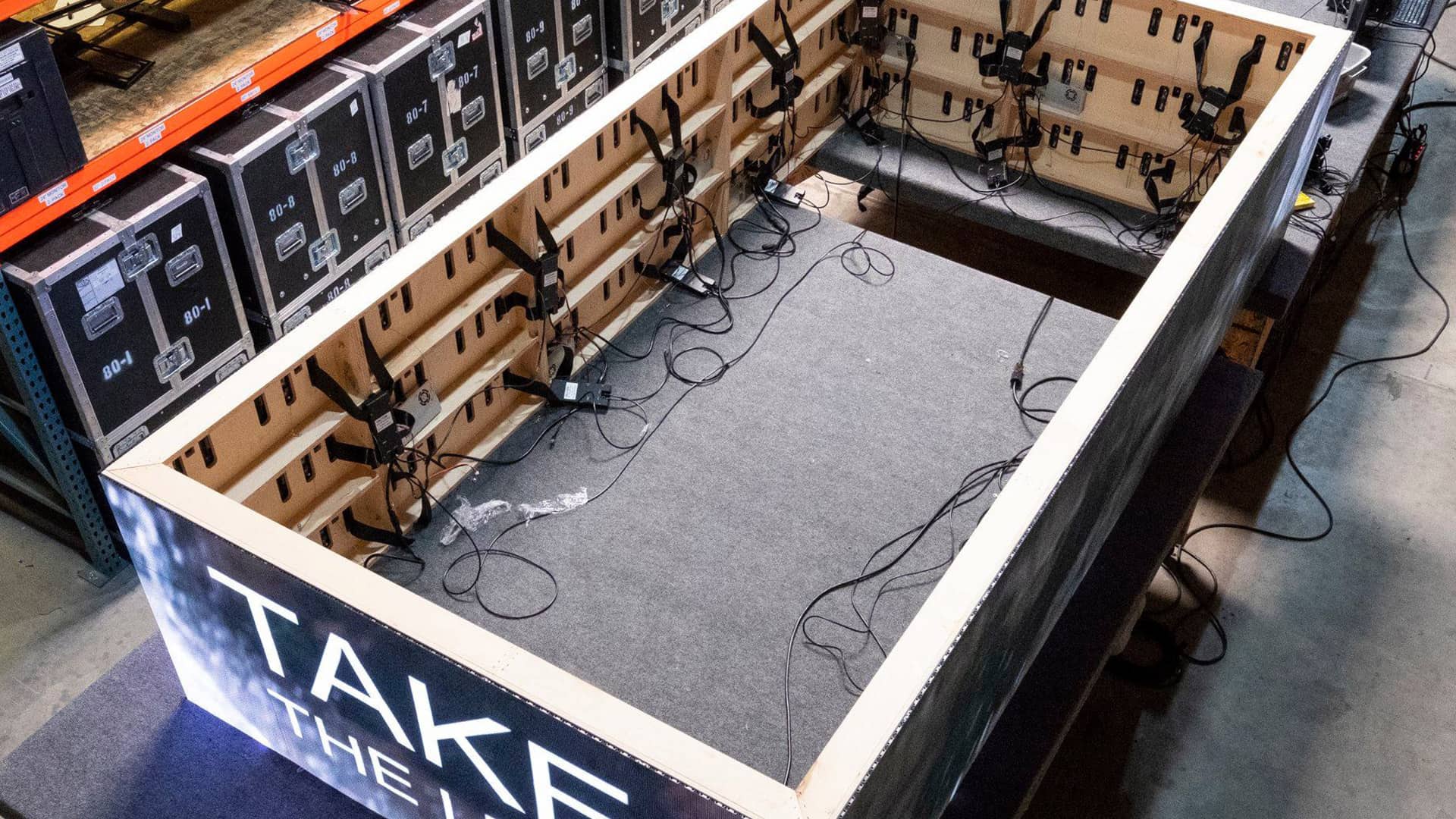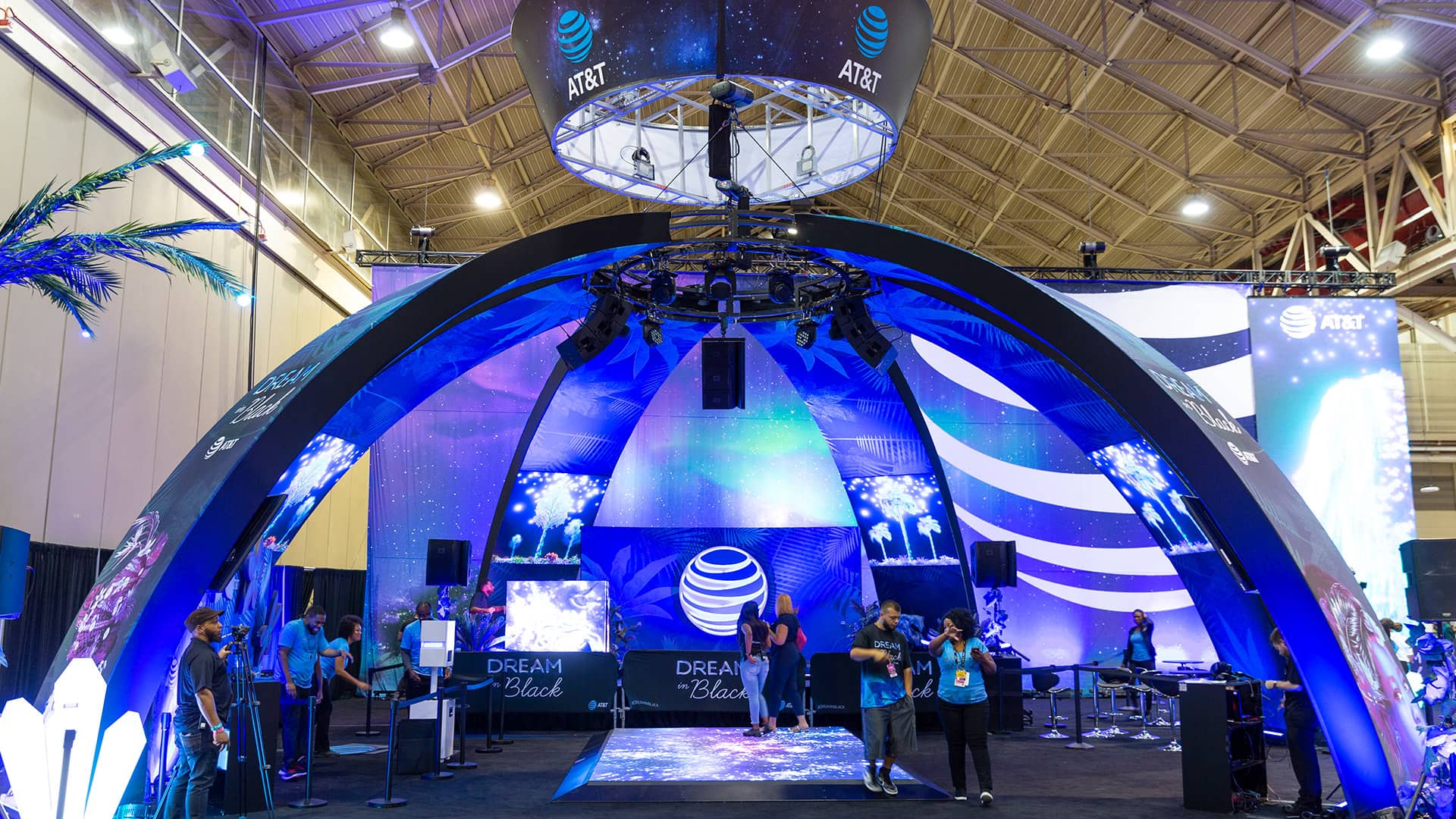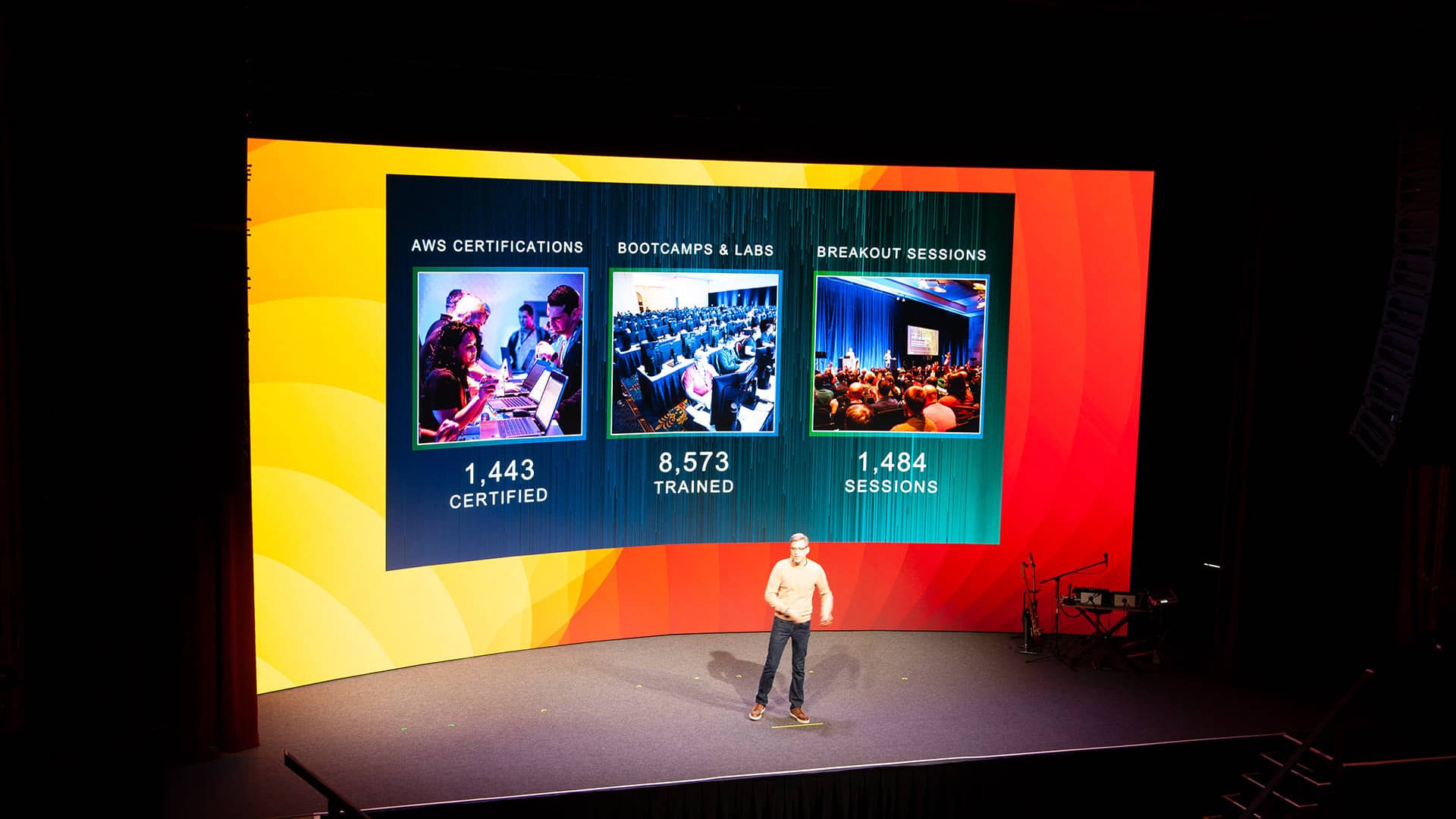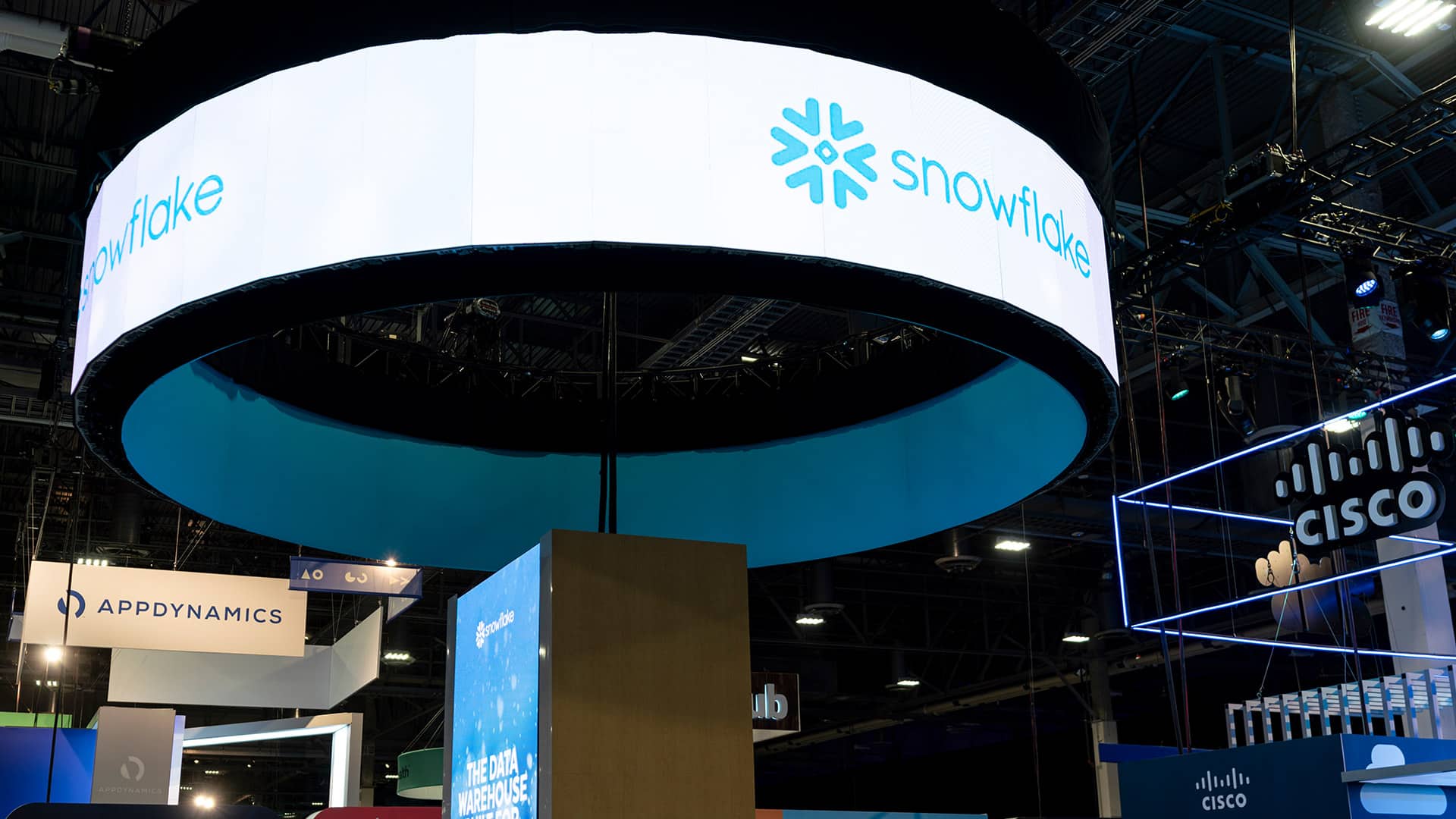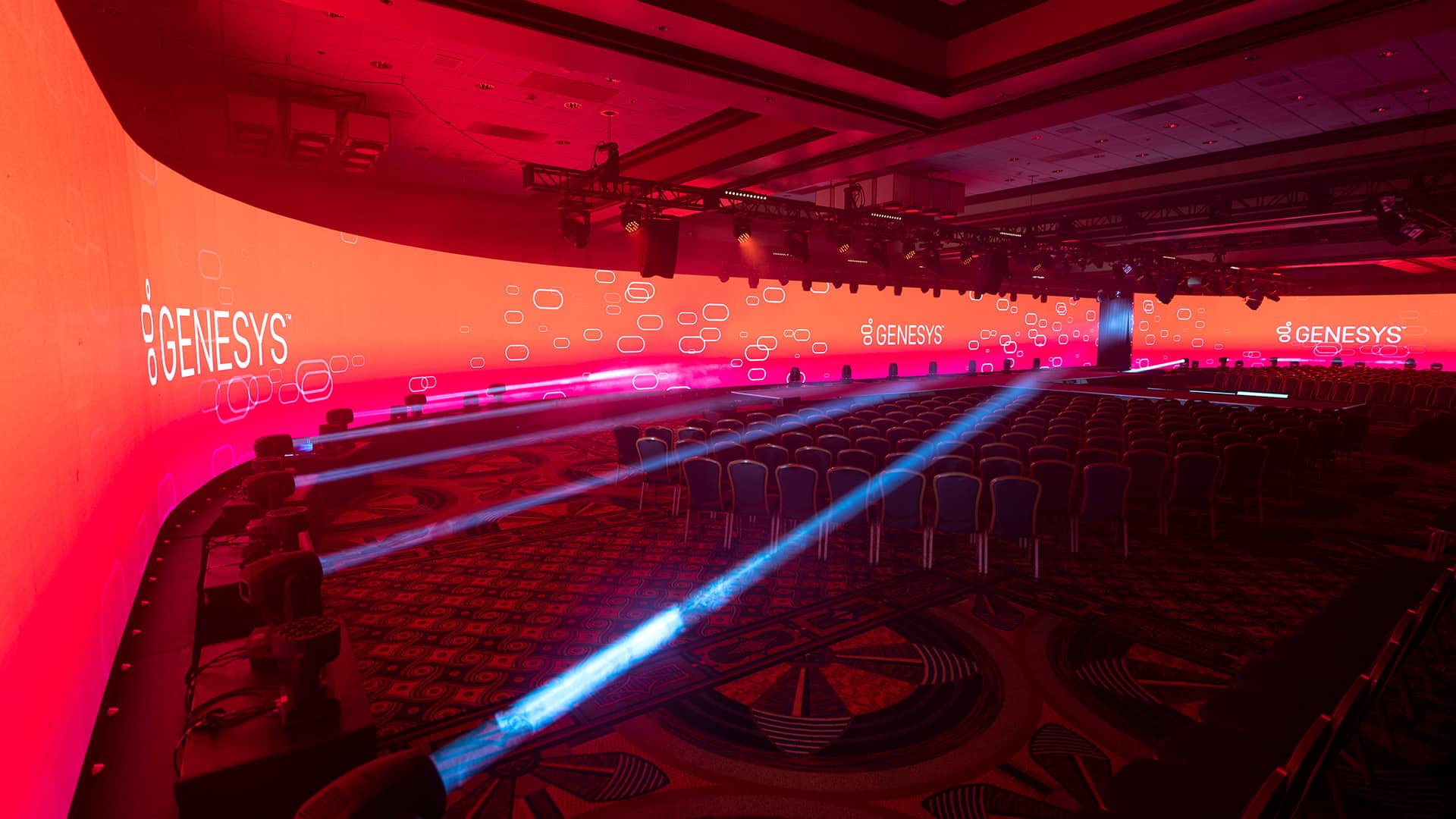Consider how you feel when you walk into a brand setting that completely immerses you with its features. When brands create branded environments that drive feelings, you can’t help but feel inspired and reminiscing about what that brand has meant to you. Some of the strongest brands in the world do this every day.
Walk into an Apple location, and you’ll find an interactive experience that’s more than just a place to purchase goods. Experience any event at Disney World, and you’ll find yourself smiling and connecting with a brand you’ve loved for years.
These brands know how to craft an experience, and they do so with different types of media, including everything from vinyl graphics on a wall to digital signage that engages viewers and tells a story.
Branded Environments: An Iconic Example
As noted, when customers enter an Apple location, it’s a truly unique experience. It doesn’t feel like a typical retail location where you shop for goods and pay at the counter. They even have a goal of transforming stores into “town squares.” They even removed the word store.
Inside the store, you can interact with each new device. Apple’s senior vice president of retail, Angela Ahrendts, said of the transformation, “We are reinventing the role our stores and employees play in the community. We want to be more like a town square, where the best of Apple comes together, and everyone is welcome.”
The first of these next-generation stores was unveiled in San Francisco with a 50-foot video wall inside. It resembles a meeting place, not a store. There are meeting rooms for entrepreneurs to meet and coding classes.
Apple has stayed true to its brand by creating this new environment with the connection between brand and consumer growing even stronger.
Telling Your Story with Branded Environments
Whatever space you’d like to transform, whether it’s a retail shop, outdoor event, or corporate office, you have the opportunity to tell your story with branded environments. While you likely spend a lot of time and resources on your digital image, don’t forget about the physical spaces where your customers can interact with your brand. Through strategic design and a focus on your brand’s core values, you can create numerous touchpoints for connection. One way to do this is with digital signage.
Digital Signage in Branded Environments
Using digital signage in your branded environments allows you to educate, entertain, and immerse your visitors. It can also compensate for less staff without impacting customer service, and it may even save you money in the long run, money you would have spent on new printed signage needed for every new event or promotion.
At PixelFLEX, we’ve had the pleasure of creating some amazing branded environments for clients, delivering a substantial WOW factor and showcasing brands as modern, current, and dynamic.
The Tru Hotel at Cadillac Jack’s Gaming Resort is an excellent example of a well-executed branded environment. The hotel wanted a transparent LED display to grab the attention of patrons. We installed FLEXClear LED panels above the main entrance to entice visitors and promote events at the casino. We were able to create a striking display without losing any of the natural light in the lobby.
NetApp, a hybrid cloud data service company, tapped us to create a new branded environment in their revamped headquarters. This project included curved displays in the center of their space, which could be used to tell their story and highlight their abilities. With FLEXMod screens, we delivered a seamless 360-degree display.
Stanford University is one of the country’s most prestigious colleges, known for both its academics and sports programs. To set the stage for their “Home of the Champions” display, they wanted a curved screen capable of delivering high-resolution imagery. The unique screen gives the space a feel that would make any fan cheer.
These are just a few examples for inspiration for your branded environment. With the right design and LED displays from PixelFLEX, you’ll be able to create memorable experiences for your audience. Find out more about what’s possible by browsing our products.
